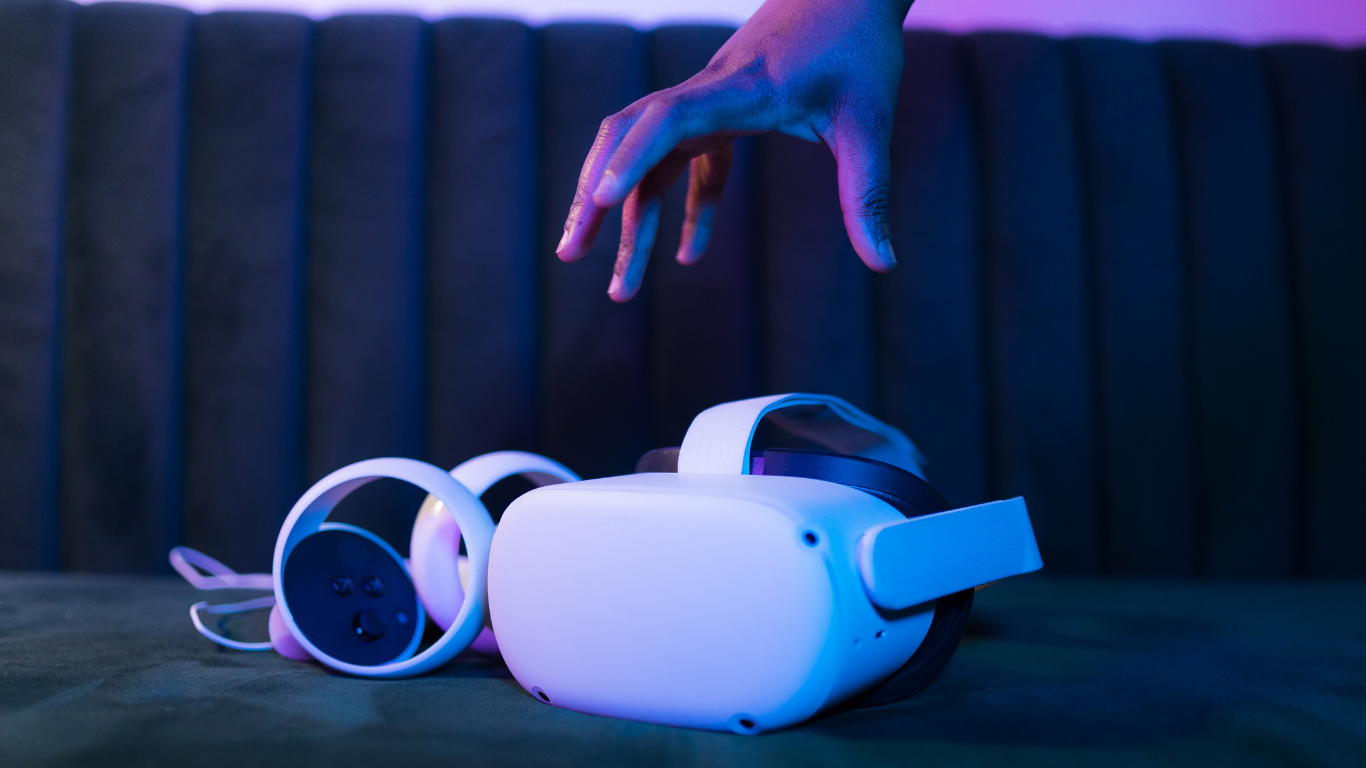Flashy, highly modern tech gadgets aren’t the only way of creating an “out-of-the-box” experience for consumers.
You may have a brilliant team of engineers and marketers at work for your product, but still, end up countering your consumer practices.

Here are some of the latest technological innovations to rein in your business competition and leave your customers feeling happy, energised, and satisfied:
360-Degree Content
360° content involves the integration of two or more videos in a dome-like space that’s been shot from all possible angles, with 2D instructional content overlaid on top of them.
Marketers and advertisers can use it to walk customers through a detailed range of product features and benefits. Rather than focusing on creating a different reality, users can create a wide-eyed version of the product in the real world.
In the travel and tourism industry, 360° content lays the groundwork for travellers to pre-visit a particular destination. From showing skylines to providing a birds-eye view of a city, it creates a completely “submerged” experience. All of this can inspire enough wanderlust to hit the road without a second thought!
Digital Twin
A digital twin is a “carbon-copy” representation of a real-life component, structure, or process. A digital twin machine is updated using real-time tracking data and fuelled by 3D-modeling techniques to interact actively with our environment.
It’s a digital alternative to a real-life asset and is built with robust machine learning and automation techniques. Digital twins are ideal for quality assurance tasks and providing quick insights into a product anytime, anywhere for faster decision-making.
Virtual Reality
Virtual reality is a complete turnaround of reality. It immerses a user in a virtual environment with overlays of controls like GPU, responsiveness, sound, or motion smoothing, allowing them to interact through their digital avatars.
Imagine sending your digital avatar to attend a meeting in place of yourself. Your avatar participates in the conference in your company’s developed metaverse, jots down the minutes, and reports back to you once the session is over.

Augmented Reality
Augmented reality means enhancing the users’ real-world perception through virtual overlays. It extracts hidden features of real-world objects through object recognition and showcases informative content over it. Although in its infancy, AR has the potential to upend the way people communicate.
With the help of a camera, an AR device, and a smartphone, you can create a different reality for your customers to enter, play around with, and shop in. Adding AR to the customer experience spectrum adds a whole new dimension to the shopping experience, which single-handedly lifts the purchasability of a particular product.
Mixed Reality
Mixed Reality (MR) tries to bind together AR and VR into an enhanced version of AR. Along with adding digital overlays of information, it develops virtual characters for the real world. Its goal is to create a deeper sense of immersion for the user than AR alone does.
Sometimes, MR is also known as augmented reality 2.0 as the counterparts of the virtual world interact with real-world objects in real-time, thus giving a parallax effect. People can live, work, trek, shop, and survive more realistically in an MR world than in VR, as it keeps them connected to their roots. Mixed reality is also known as hybrid reality.
Extended Reality
Extended Reality (XR) is an umbrella term for every immersive technology. It includes augmented reality, virtual reality, mixed reality, digital twins, and other immersive learning technologies. This technology is an extension of reality created by adding digital counterparts in the form of inscriptions, videos, or animations.
Extended reality is perfect to use in employee training programs as it eliminates the hassle of extra training staff and additional employee training costs. It has a lot of uses, for example, it can let you walk through a live hologram of a product and understand its features.
At Studiowide, we specialise in creating custom immersive experiences for marketing purposes. Our team is dedicated to delivering exceptional results for our clients. If you are interested in incorporating immersive experiences into your marketing strategy, don’t hesitate to reach out to us for more information. Contact us today to learn more about how we can help you.


